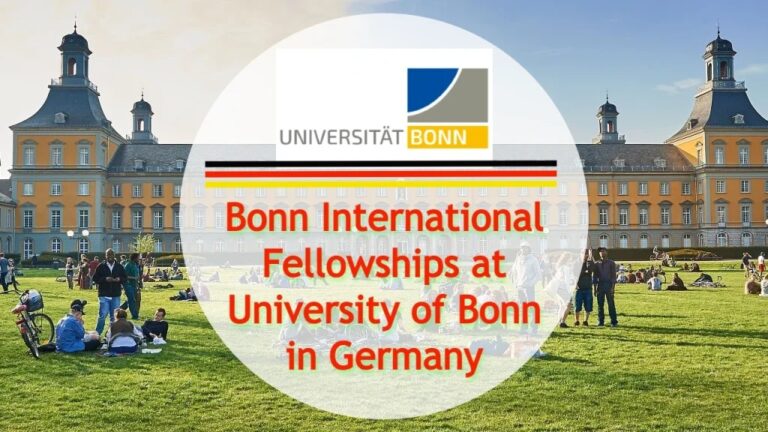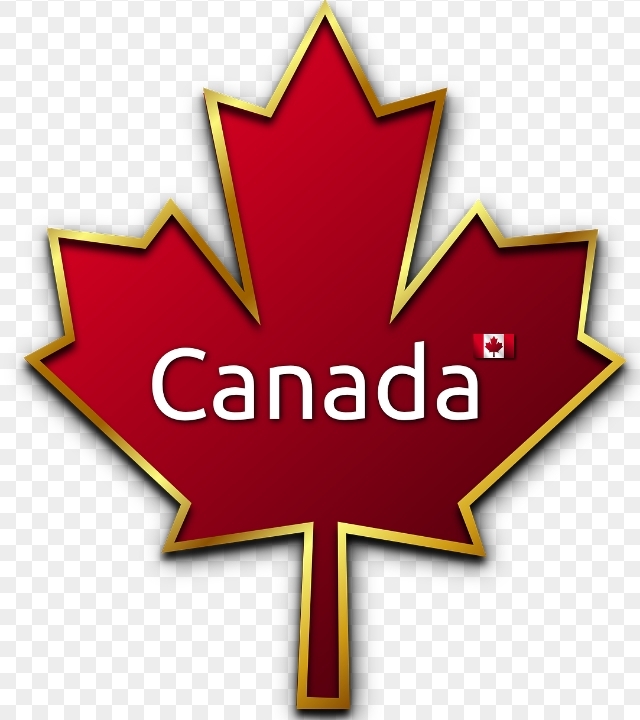How to migrate to Canada: 5 ways to get Canadian Visa
Canada, known for its breathtaking landscapes, high quality of life, and diverse culture, has become a top destination for immigrants from around the world. Whether you’re seeking new job opportunities, looking to study, or aiming to join family members, migrating to Canada can open doors to a promising future. Here are five primary pathways to obtaining a Canadian visa.
1. Express Entry System
The Express Entry system is one of the most popular routes for skilled workers to gain permanent residency in Canada. This online system manages applications for three federal economic immigration programs:
a. (FSWP) The Federal Skilled Worker Program
The FSWP is designed for individuals with significant work experience, education, and language proficiency. Applicants are evaluated based on a points system, considering factors like age, education, work experience, and language skills (English and/or French).
b. (FSTP) Federal Skilled Trades Program
The FSTP caters to skilled tradespersons. To be eligible, applicants must have at least two years of work experience in a skilled trade within the five years before applying, meet job requirements for their trade as set out in the National Occupational Classification, and have a valid job offer or a certificate of qualification in that skilled trade issued by a Canadian authority.
CEC
The CEC is aimed at individuals who have already gained skilled work experience in Canada. Applicants ought to have at the least 12 months of work experience in Canada within the three years before applying and meet language proficiency requirements.
How to Apply
1. Create an Express Entry Profile: Submit an online profile that includes details about your age, education, work experience, language skills, and other factors.
2. Get a Comprehensive Ranking System (CRS) Score: Based on your profile, you’ll receive a CRS score. Regular draws are held, and those with the highest scores are invited to apply for permanent residence.
3. Submit an Application: If invited, you have 60 days to submit your application for permanent residence.
2. The PNP
Canada’s provinces and territories have their own immigration programs, known as Provincial Nominee Programs (PNP). These programs are tailored to meet specific labor market needs and demographic goals of the province or territory.
Key Steps:
- Choose a Province or Territory: Each province has its own criteria and streams. Some target skilled workers, others target business people, and some focus on students or semi-skilled workers.
2. Apply for a Nomination: Apply directly to the province or territory for a nomination.
3. Submit a Federal Application: If nominated, you can then apply to the federal government for permanent residence.
PNPs often align with the Express Entry system, allowing for faster processing for those who qualify.
3. Family Sponsorship
Family sponsorship is a pathway for Canadian citizens and permanent residents to sponsor their relatives to come to Canada. This includes spouses, common-law partners, dependent children, parents, and grandparents.
Requirements:
1. Sponsor Eligibility: The sponsor must be a Canadian citizen or permanent resident, at least 18 years old, and financially capable of supporting the family member(s) being sponsored.
2. Sponsored Person Eligibility: The person being sponsored must be related to the sponsor in one of the eligible categories.
Application Process:
1. Submit a Sponsorship Application: The sponsor submits an application to sponsor their relative.
2. Submit a Permanent Residence Application: The sponsored relative submits an application for permanent residence.
The sponsor must agree to provide financial support for the relative for a certain period.
4. Study Permit and Post-Graduate Work Permit (PGWP)
Studying in Canada is another effective pathway to obtaining permanent residency. Canada offers world-class educational institutions and numerous programs for international students.
Steps to Study and Stay:
1. Obtain a Study Permit: Apply for a study permit to attend a designated learning institution in Canada.
2. Post-Graduate Work Permit (PGWP): After graduating, you can apply for a PGWP, allowing you to gain valuable Canadian work experience for up to three years.
3. Canadian Experience Class (CEC): Work experience gained through a PGWP can help you qualify for the Canadian Experience Class (CEC) stream of the Express Entry system.
Benefits:
– Studying in Canada provides an opportunity to integrate into Canadian society and build a network.
– Work experience during and after studies can significantly increase your chances of qualifying for permanent residency.
5. Business Immigration Programs
Canada offers several immigration pathways for individuals with business experience and entrepreneurial skills. These programs are designed to attract investors, entrepreneurs, and self-employed individuals.
a. Start-Up Visa Program
The Start-Up Visa Program targets innovative entrepreneurs who can create jobs for Canadians and compete on a global scale.
Eligibility:
1. Have a Qualifying Business: The business must meet ownership requirements.
2. Obtain a Letter of Support: Secure a commitment from a designated organization (venture capital fund, angel investor group, or business incubator).
3. Meet Language Requirements: Prove proficiency in English or French.
4. Have Sufficient Settlement Funds: Demonstrate you have enough money to settle in Canada.
b. Self-Employed Persons Program
This program is for individuals with relevant experience in cultural activities, athletics, or farm management, and who intend to be self-employed in Canada.
Requirements:
1. Relevant Experience: Have at least two years of experience in the cultural, athletic, or agricultural sector.
2. Intent and Ability: Show the intention and ability to establish a business that will make a significant contribution to cultural or athletic life in Canada, or purchase and manage a farm.
Application Process:
1. Prepare and Submit an Application: Include all required documents and fees.
2. Interview and Assessment: You may be required to attend an interview to assess your business plan and ability to succeed in Canada.
Conclusion
Migrating to Canada involves navigating a complex immigration system, but the diverse pathways available offer numerous opportunities for individuals with different backgrounds and goals. Whether through skilled work, family sponsorship, study, or business ventures, Canada provides multiple routes to build a new life in a welcoming and prosperous country. Research thoroughly, plan meticulously, and seek professional advice if needed to enhance your chances of a successful application.






